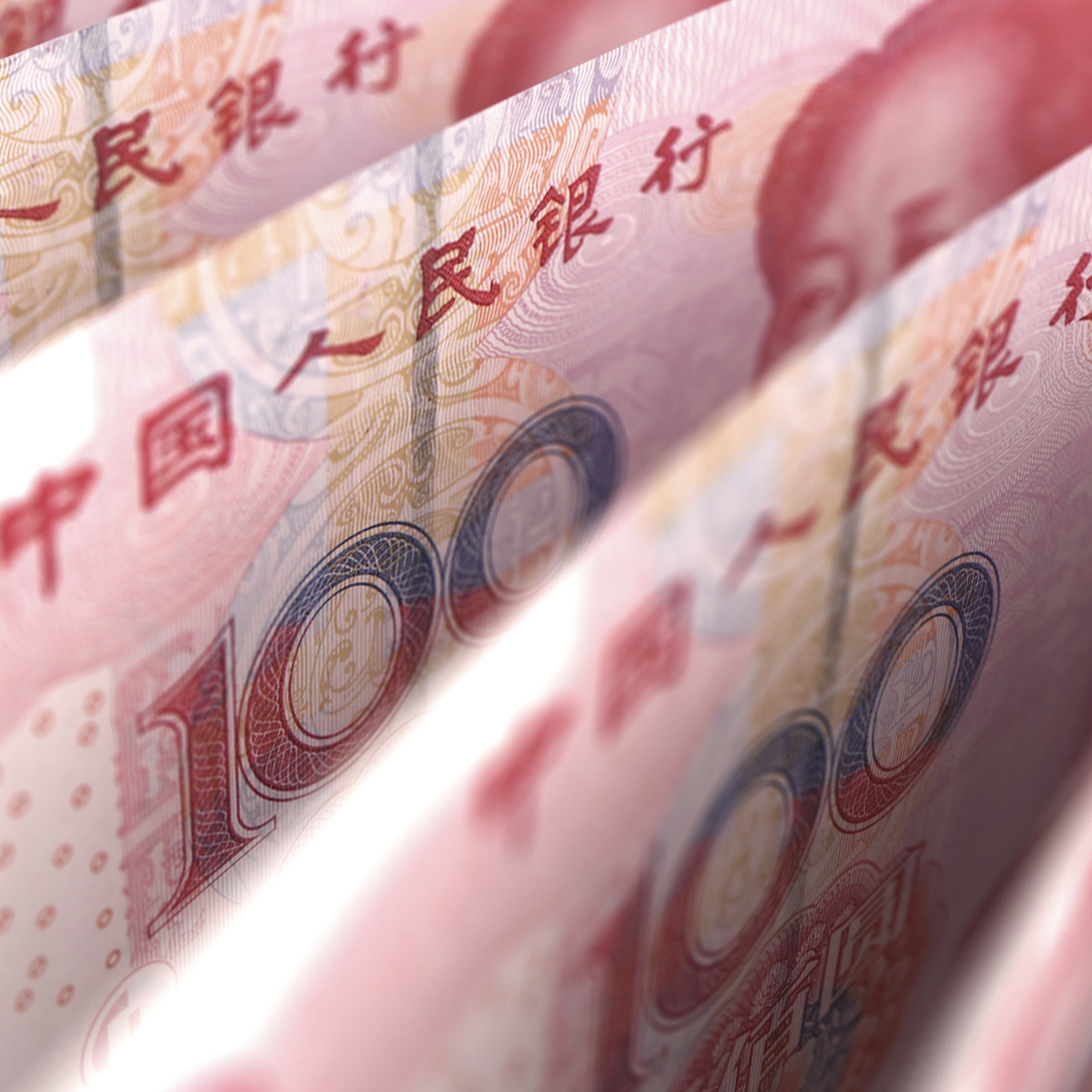Economy
Why Chinese Stocks Have a Long Way to Go Before Bottoming

Published:
Last Updated:

China’s Shanghai SSE Composite Index has taken yet another severe hit that pulled it down another 6.5%. Chinese authorities quickly abandoned the circuit breakers that had been set up to prevent these types of plunges after they were tripped twice already this month. These declines look steep, but there could still be plenty of free fall before hitting a solid bottom. Here’s why.
Contrary to Donald Trump’s popular refrain that China is depreciating its currency to hurt American exports, the People’s Bank of China (PBOC) is trying desperately to keep the yuan propped up. We already have seen how the PBOC has burned through an unprecedented amount of foreign exchange reserves to keep its yuan/dollar peg intact — over $660 billion worth by last available count, which by the end of the month could advance to close to $1 trillion.
In addition to that, the PBOC just rejected the option of lowering reserve requirements for Chinese banks, according to a leaked memo. Even before the leak, just last week, reports surfaced that China’s central bank would actually go in the opposite direction and raise reserve requirements for some banks effective January 25, a very telling policy for a country with a stock market in free fall. If burning through close to $700 billion in foreign reserves is not enough, these two moves really tell you how much pressure the yuan is under.
Perhaps too much to bear, because as the Financial Times is reporting, China’s state news agency is now bringing George Soros into the ring, the trader who became famous for shorting the British pound in 1992 and breaking the Bank of England’s own peg. Soros is also short the yuan, and an editorial by a Chinese state news agency mocking him probably will only encourage Soros in his convictions.
So how low can Chinese stocks go considering the PBOC is letting them fall for now? The next major support level is at around 2,300, another 17% down. After that it’s 2,000, and then 1,011.5, a low hit in July 2005. These numbers may seem extreme now, but considering the fact that China has expanded its money supply by 2,384% in 20 years and that this is finally coming to an end now, a ultimate 65% drop is quite plausible.
Considering the sheer amount of monetary expansion, it’s amazing they’ve been able to keep the yuan pegged to the dollar for so long. The longer that peg is tested and the PBOC bent on defending it, the farther Chinese stocks will fall in the long run.
Ever wanted an extra set of eyes on an investment you’re considering? Now you can speak with up to 3 financial experts in your area for FREE. By simply
clicking here you can begin to match with financial professionals who can help guide you through the financial decisions you’re making. And the best part? The first conversation with them is free.
Click here to match with up to 3 financial pros who would be excited to help you make financial decisions.
Thank you for reading! Have some feedback for us?
Contact the 24/7 Wall St. editorial team.